Bulk Nicotine Product Purchasing: A Supplier Selection Guide for B2B Buyers
As global trade shifts increasingly to digital platforms, industries like tobacco and nicotine products are evolving in parallel. For procurement managers, brand owners, and B2B wholesalers, navigating the online bulk purchasing landscape—especially for nicotine products—requires strategic insight. This guide outlines key considerations, regional procurement differences, cost structures, and the distinctions between white-label and OEM solutions, empowering you to make informed decisions when sourcing nicotine goods at scale.
1. Key Considerations When Purchasing Nicotine Products in Bulk
Whether you’re procuring for a retail chain, vape brand, or private-label startup, buying nicotine products in bulk is a significant investment. To minimize risk and maximize value, focus on the following factors:
Supplier Credibility
Always source from a verified nicotine manufacturer or liquid nicotine wholesaler with a proven track record. Look for factory certifications, transparent sourcing practices, and a clear product catalog.
Nicotine Preparation Methods
Different nicotine extraction techniques (e.g., tobacco-derived vs. synthetic) affect both quality and regulatory classification. Understanding the method used gives you better control over compliance, taste, and shelf life.
After-Sales Support
Beyond the product itself, evaluate supplier responsiveness, sample availability, refund terms, and delivery timelines. These post-sale elements are crucial to successful long-term cooperation.
2. Regional Procurement Differences: China vs. United States
Bulk nicotine procurement varies significantly between regions. Understanding the advantages and challenges in each market helps you optimize your sourcing strategy.
China
-
Direct Factory Access: Sourcing from a nicotine factory in China often reduces per-unit costs.
-
OEM Capabilities: Many Chinese manufacturers offer white-label or full OEM production with competitive pricing.
-
Due Diligence Required: Be mindful of compliance documentation and shipping regulations. Request product testing reports and factory audit details.
🇺🇸 United States
-
Regulatory Oversight: Suppliers must comply with FDA regulations, providing an added layer of consumer safety assurance.
-
Online Distributor Platforms: While more expensive, U.S.-based wholesale portals offer easy ordering and customer service in English.
-
Faster Domestic Shipping: Reduced lead times benefit time-sensitive rollouts or replenishments.
Tip: If you’re new to international trade, working initially with a U.S.-based supplier may simplify logistics before transitioning to factory-direct purchasing in Asia.
3. Understanding Cost Composition
Bulk pricing for nicotine products depends on multiple production variables. To negotiate effectively and assess supplier quotes, understand the following components:
Equipment & Automation
-
Modern production lines allow higher consistency and scale.
-
Factories with automated pouching, filling, and sealing systems generally command premium pricing—but also produce higher quality.
Raw Materials
-
Nicotine source (tobacco-extracted vs. synthetic) impacts both price and formulation.
-
Flavorings, plant fibers, and pouch materials also influence unit cost and shelf life.
Manufacturing Process
-
Products involving more complex processes (e.g., moisture balancing, micro-encapsulation of flavors) have higher production costs but often better market reception.
4. White Label vs. OEM: Choosing the Right Model
Your business strategy will determine whether white-label or OEM (Original Equipment Manufacturer) production is the better fit.
White Label
-
Pre-formulated, ready-to-brand products.
-
Ideal for rapid market entry or pilot testing.
-
Minimal customization—only brand name and packaging design.
OEM
-
Full customization of formula, nicotine strength, flavor, size, and packaging.
-
Ideal for established businesses targeting long-term differentiation.
-
Requires larger minimum order quantities (MOQs) and longer lead times.
Choose white label if speed and simplicity are your top priorities. Choose OEM if your goal is to build a differentiated nicotine product line with brand authority.
5. How to Place an Order, Request Samples, and Begin Cooperation
A smooth onboarding process begins with proper steps:
Request a Sample
Before placing bulk orders, test a product sample to assess flavor, pouch consistency, and nicotine delivery.
Submit Your Order
Visit the supplier’s website—such as Snuff Factory—to view available products and submit order inquiries via a structured contact form.
Initiate Communication
Open a dialogue with the supplier to:
-
Confirm MOQ and lead times.
-
Discuss customization (for OEM).
-
Clarify shipping terms, pricing tiers, and post-sale support.
Formalize Partnership
Negotiate:
-
A trial order or small-batch production (if possible).
-
Payment terms and delivery milestones.
-
Recurring sample tests to maintain long-term quality consistency.
Need tailored assistance? Contact Snuff Factory’s sales team to explore partnership models.
6. Conclusion
In today’s digitized trade environment, strategic supplier selection is the cornerstone of success for any business entering or scaling within the nicotine product market. Whether you’re sourcing liquid nicotine, nicotine pouches, or planning a white-label nicotine launch, the key lies in understanding cost breakdowns, regional sourcing advantages, and production models.
By aligning with a reputable manufacturer—like Snuff Factory—you gain not just a supplier, but a production partner invested in your success.
Final Recommendation
Before placing your next order:
-
Compare procurement models (U.S. vs. China).
-
Review cost composition.
-
Decide between white-label and OEM routes.
-
Request samples to verify quality.
-
Establish clear partnership terms for long-term scalability.
Explore high-quality nicotine solutions today at SnuffFactory.com.

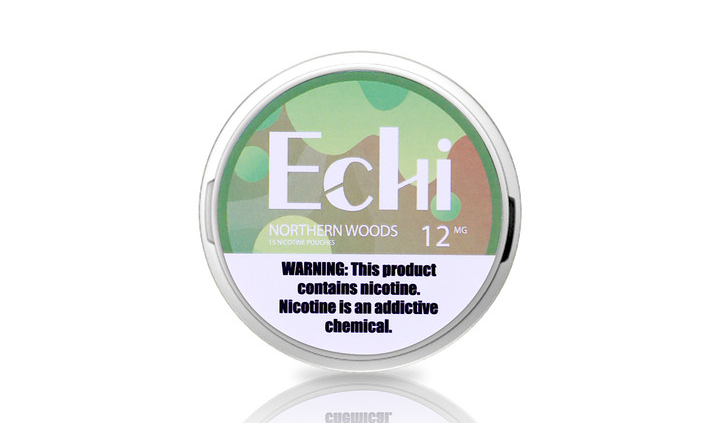
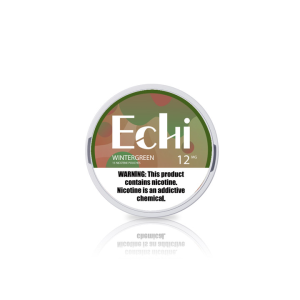
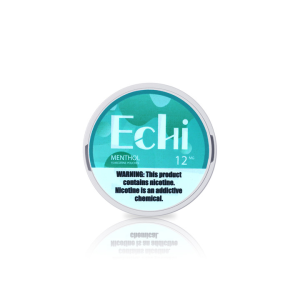

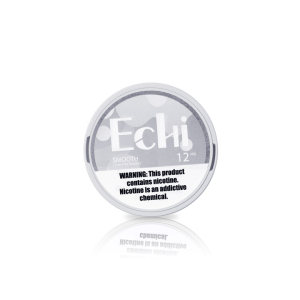
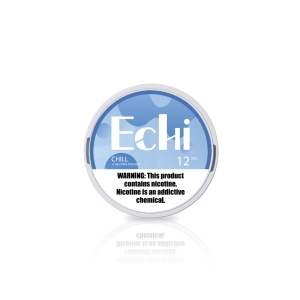
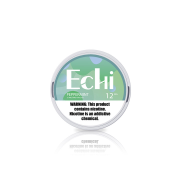

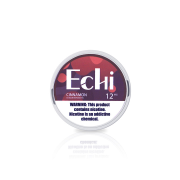
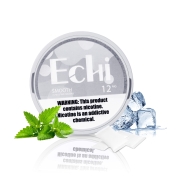
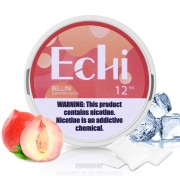
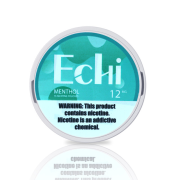


Leave a Reply
Want to join the discussion?Feel free to contribute!